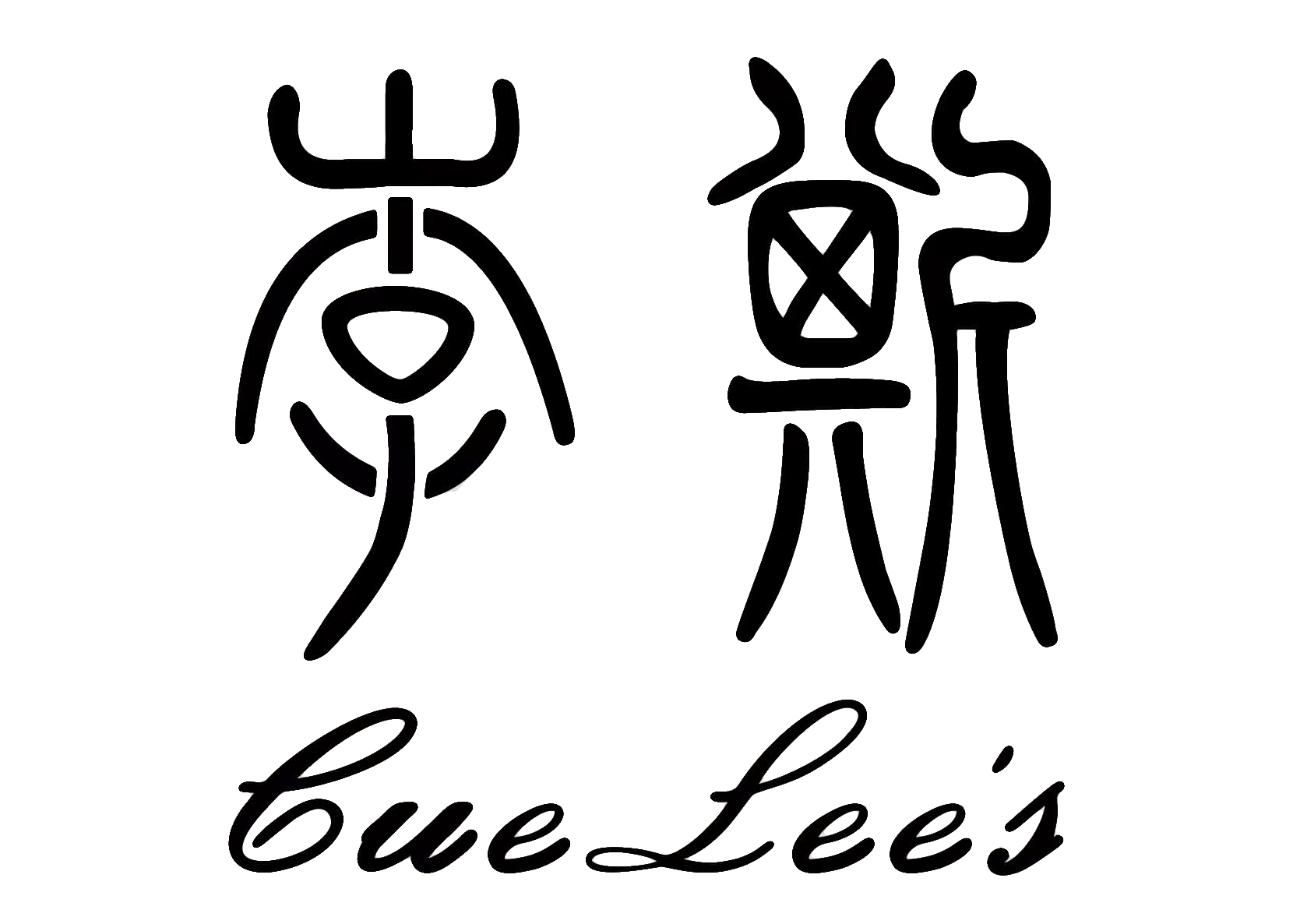Choosing the right pool glove can significantly improve your billiard game by providing consistent cue slide and better control. The ideal glove should fit comfortably, be made from breathable material, and match your playing style. Whether you’re a casual player or a serious competitor, a quality pool glove reduces friction between your hand and the cue, preventing inconsistent shots caused by sweaty hands or skin resistance. Let’s explore the key factors to consider when selecting the perfect pool glove for your needs.
Looking for high-quality pool gloves to elevate your game? Browse Biljardi 247 Shop’s complete selection of premium billiard gloves designed for players of all levels.
Why do billiard players use pool gloves?
Billiard players use pool gloves primarily to create a smooth, consistent stroke by reducing friction between the hand and cue shaft. This elimination of drag allows the cue to slide effortlessly through the bridge hand, resulting in more accurate shots and better control, especially during long playing sessions.
The most significant benefit of wearing a pool glove is maintaining shot consistency regardless of playing conditions. When your hand becomes sweaty during intense matches or in warm environments, the moisture can cause the cue to stick or jump during your stroke. A quality glove prevents this problem by creating a barrier between your skin and the cue.
Pool gloves also protect your equipment. The natural oils from your skin can gradually damage the finish on your cue shaft, especially with frequent play. By wearing a glove, you minimize direct contact between your skin and the cue, extending the life of your equipment and maintaining its smooth surface. Many professional players consider a good pool glove an essential part of their billiard accessories for these practical reasons.
What materials are best for pool gloves?
The best pool gloves are typically made from synthetic materials that offer a balance of breathability, durability, and smooth performance. Lycra and spandex are among the most popular choices because they provide excellent elasticity and a snug fit while allowing your hand to breathe during extended play.
Microfiber is another premium material found in high-quality pool gloves. It offers exceptional smoothness and consistency for the cue slide while being highly durable. Microfiber gloves tend to be slightly more expensive but often last longer and provide a more consistent feel throughout their lifespan.
Nylon blends are commonly used in mid-range gloves, offering good durability and reasonable breathability. These gloves typically strike a good balance between performance and affordability. Some manufacturers combine different materials to create hybrid gloves that maximize benefits – for example, using lycra for flexibility with microfiber panels in high-contact areas. The ideal material depends on your personal preference, playing frequency, and budget.
How should a pool glove properly fit?
A pool glove should fit snugly but not restrictively, covering your bridge hand completely without limiting movement or causing discomfort. The perfect fit allows you to maintain full dexterity while providing consistent friction reduction across the entire contact area between your hand and the cue.
When selecting a size, pay attention to both finger length and palm width. Your fingertips should reach near the end of the glove fingers without stretching the material excessively. The palm should wrap comfortably around your hand without bunching or creating pressure points. Many players prefer a slightly tighter fit as gloves tend to stretch slightly with use.
The wrist closure is another important consideration for proper fit. Adjustable closures, such as velcro straps, allow you to customize the tightness around your wrist, preventing the glove from shifting during play. A secure wrist fit ensures the glove stays in place throughout your stroke, maintaining consistency in critical moments. Remember that a properly fitting glove should feel like a natural extension of your hand rather than a noticeable accessory.
What’s the difference between open and closed finger pool gloves?
Open finger pool gloves cover only the palm and lower portions of the fingers, leaving fingertips exposed for enhanced tactile feedback. This design provides a balance between the smooth cue action of a glove and the natural feel of direct finger contact with the cue, making them popular among players who value precise control.
Closed finger gloves, in contrast, cover the entire hand including fingertips. These provide maximum friction reduction and consistency across the entire hand. Players who struggle with sweaty hands or who play in humid environments often prefer closed finger designs because they eliminate all skin contact with the cue shaft.
Your playing style should influence your choice between these designs. If you frequently adjust your grip or need maximum tactile feedback, open finger gloves might be preferable. For players seeking absolute consistency and who play for extended periods, closed finger models typically offer better performance. Climate considerations also matter – in cooler environments, open finger designs may be comfortable, while warmer conditions might necessitate full coverage to prevent sweat interference.
How do you maintain and clean a pool glove?
To maintain your pool glove properly, hand wash it using mild soap and lukewarm water after every few playing sessions. Gently massage the fabric to remove oils and dirt that accumulate during play, then rinse thoroughly to remove all soap residue. Avoid using harsh detergents or bleach as these can damage the elastic properties of the materials.
After washing, reshape the glove while damp and allow it to air dry completely at room temperature. Never use a clothes dryer or direct heat sources like radiators, as high temperatures can shrink the fabric and damage elasticity. Keep the glove away from direct sunlight during drying, as UV exposure can degrade synthetic materials over time.
Proper storage is equally important for extending your glove’s lifespan. Store it flat or loosely rolled in your cue case rather than tightly crumpled. Avoid leaving it in extremely hot environments like a car during summer. With proper care, a quality pool glove should last for many months of regular play. When you notice significant wear, thinning material, or decreased elasticity, it’s time for a replacement to maintain optimal performance.
Ready to find your perfect pool glove? Visit Biljardi 247 Shop today to explore our selection of premium billiard gloves designed to improve your game and provide lasting comfort and performance.















